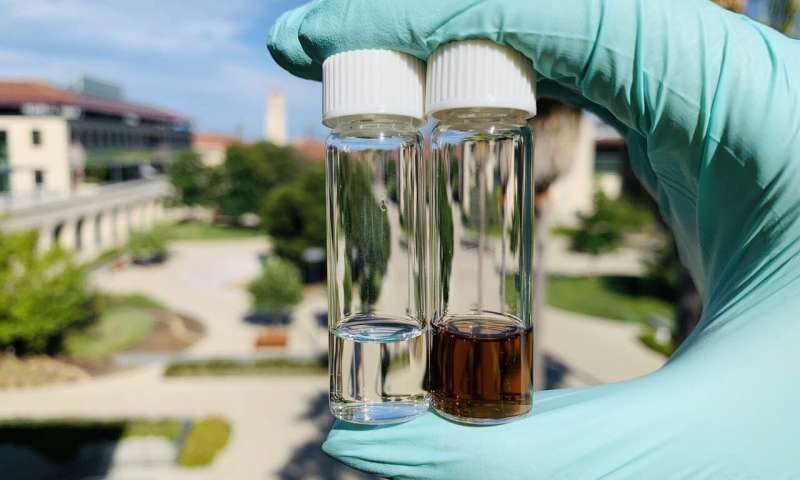The race to find the recipe for more capable batteries does not stop, and the best example with the work of brands such as Tesla, BYD, and those that come from the leading laboratories that prepare the next generation. In this case, the protagonist is lithium-metal technology, which promises to take battery technology beyond its current theoretical limits thanks to a lithium-metal system.
Now we know the advances made by a team from Stanford University. They have published the results of their latest work with the lithium-metal battery. It shows us a significant evolution that brings it closer to its commercial application.
Most batteries used on a small and large scale use design where the dissolution of lithium salts with organic solvents means assuming a certain degree of volatility and flammability during the battery’s chemical reactions. Something that the university team has managed to solve through a solution that also promises to be able to develop batteries with more energy density and smaller size and weight.
According to its developers, a lithium-metal battery can hold roughly twice as much electricity per kilo as a current conventional lithium-ion battery. They do this by replacing the graphite anode with lithium metal, which can store significantly more energy. Factors that make them a solution with enormous potential to be used in sectors such as electric cars where weight is an essential factor.
The main problem with this technology was its short service life due to the rapid formation of dendrites due to the anode reaction with the liquid electrolyte. Something that caused after just 36 cycles the level of degradation was very high.
To fix it, the Stanford team has developed organic chemistry to design stable electrolytes capable of withstanding the anode reaction. Something that in the tests carried out in the laboratory has allowed a cell to be carried up to 420 cycles, retaining 90% of its initial capacity. Without a doubt, a significant advance that puts this promising technology on the right track.
CATL is ready to manufacture a lithium-metal battery capable of withstanding 2 million kilometers and 16 years of use
To achieve this, the team added fluorine atoms to the electrolyte molecule to produce more excellent stability. Fluorine is a component commonly used in the electrolytes of lithium batteries. They have used their ability to attract electrons and thereby create a new molecule that allows the lithium-metal anode to function correctly in the electrolyte.
One of the aspects that show how close this technology is to reach a commercial phase is related to Coulomb efficiency. Usually, for a battery to be commercially viable, it must achieve an efficiency of 99.9%. In the case of the development of this team, the figure is 99.52% in half cells and 99.98% of complete cells.
The set is completed with an economic aspect that they indicate will allow this battery to be produced with existing and abundant materials while using current production lines, which they indicate means that it will be possible to create a battery with a high energy density, low weight, and also economical.

